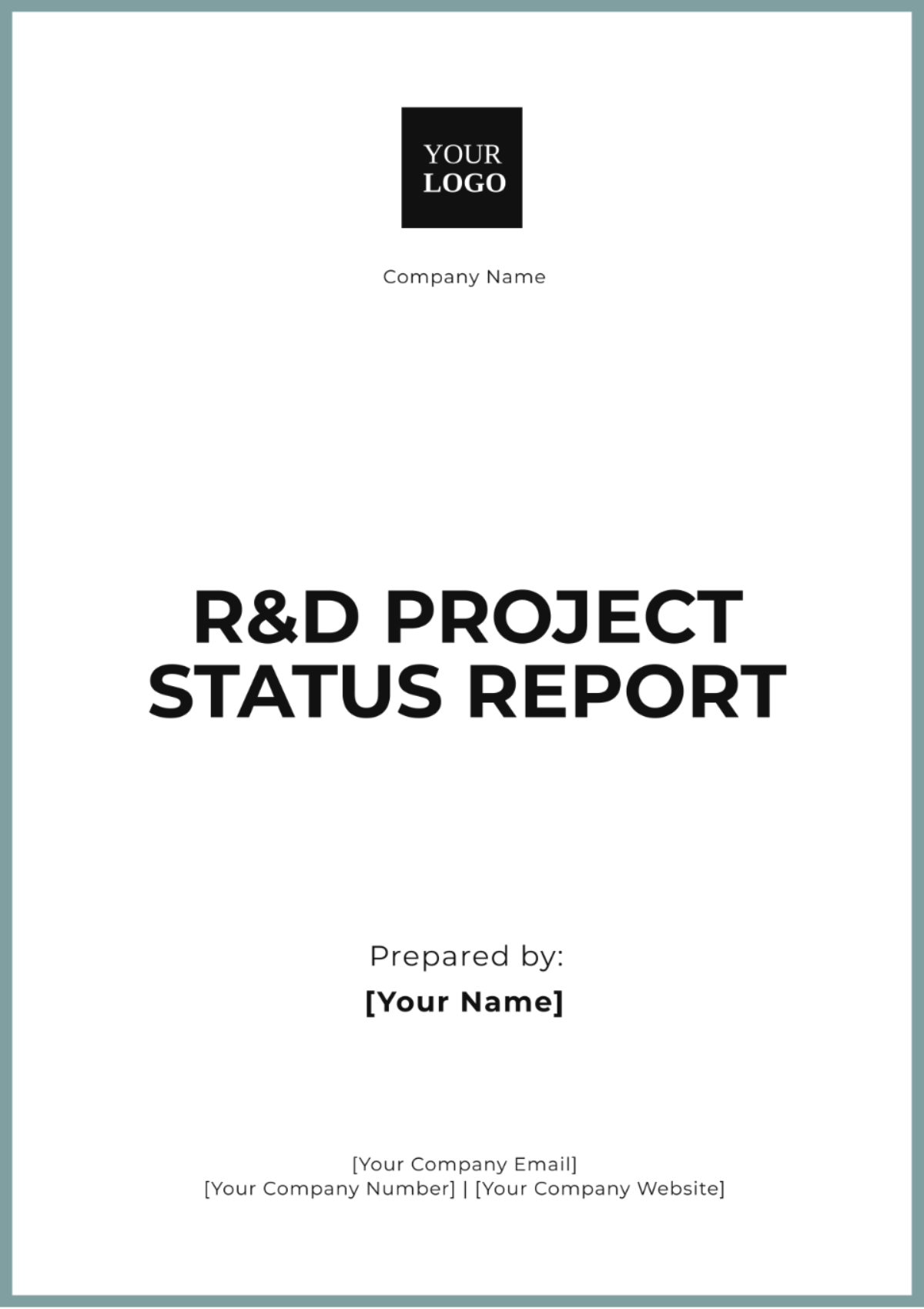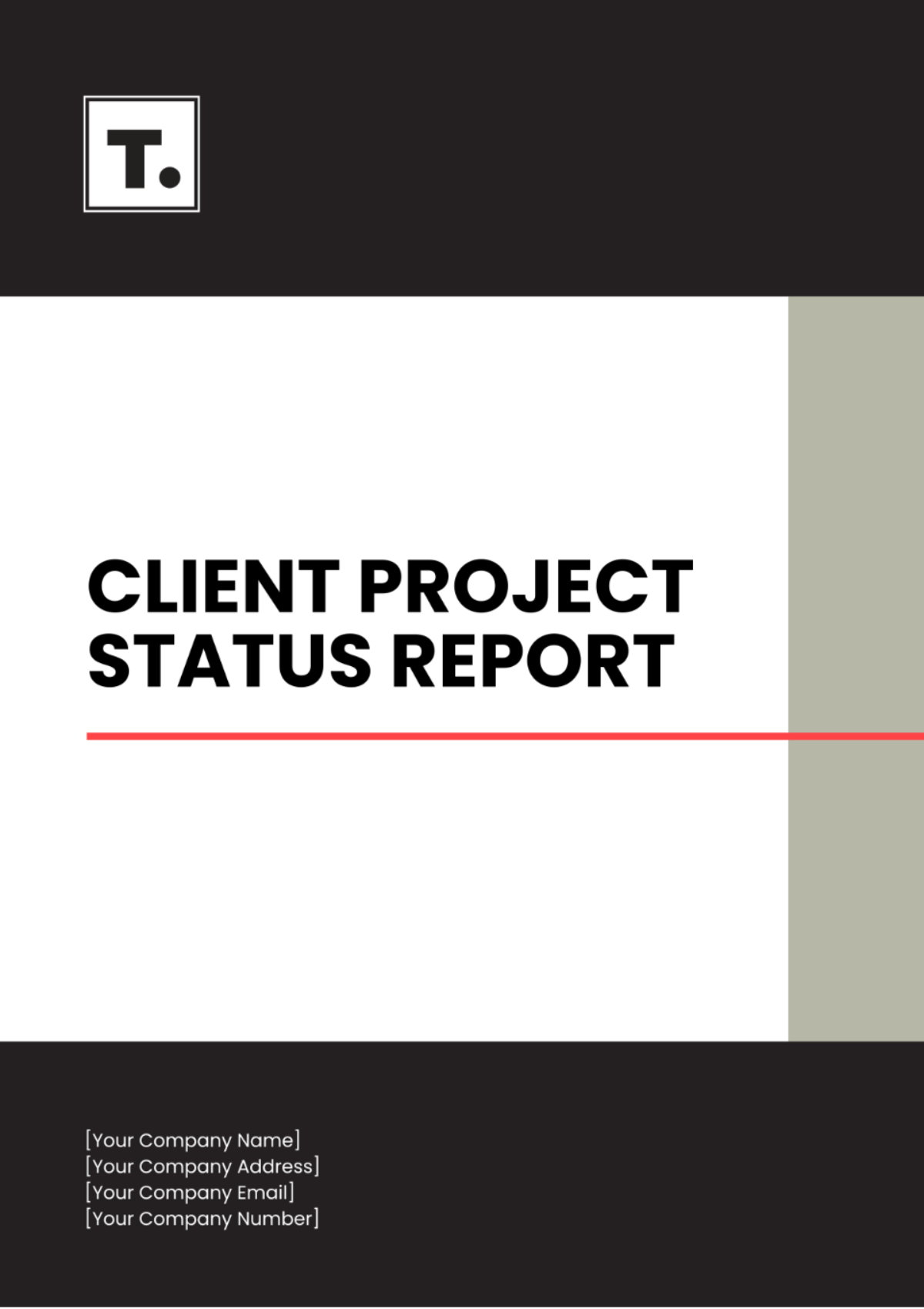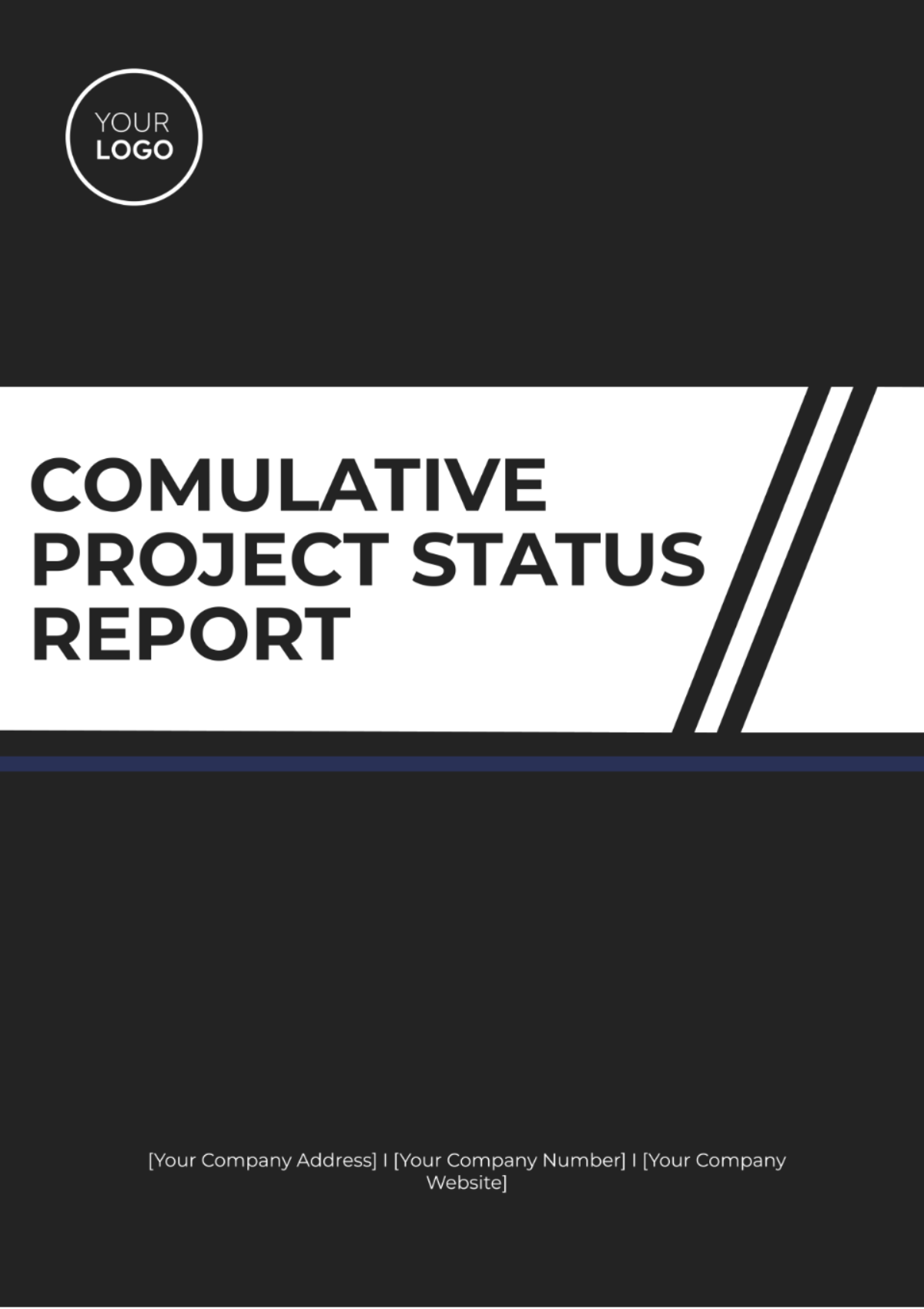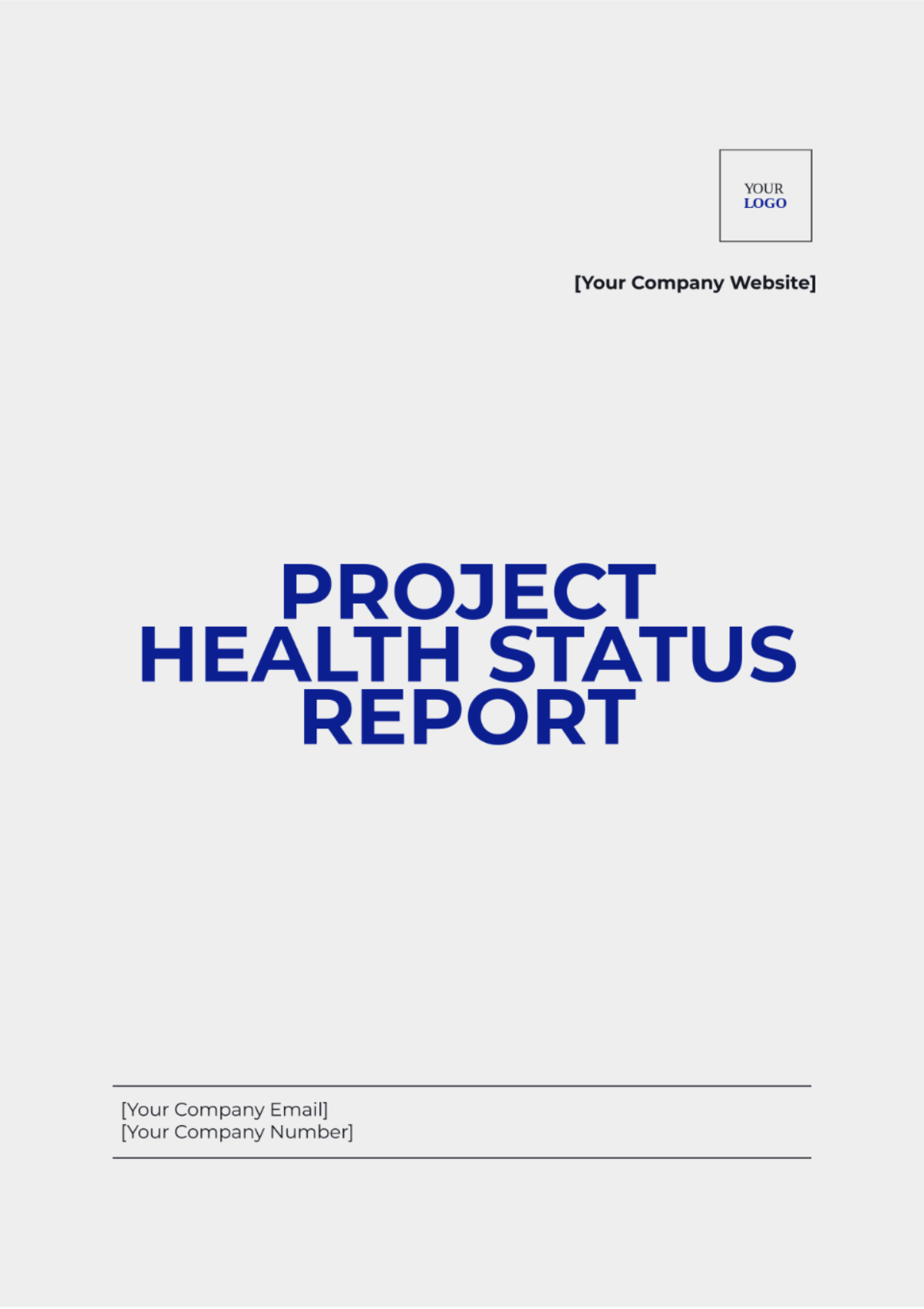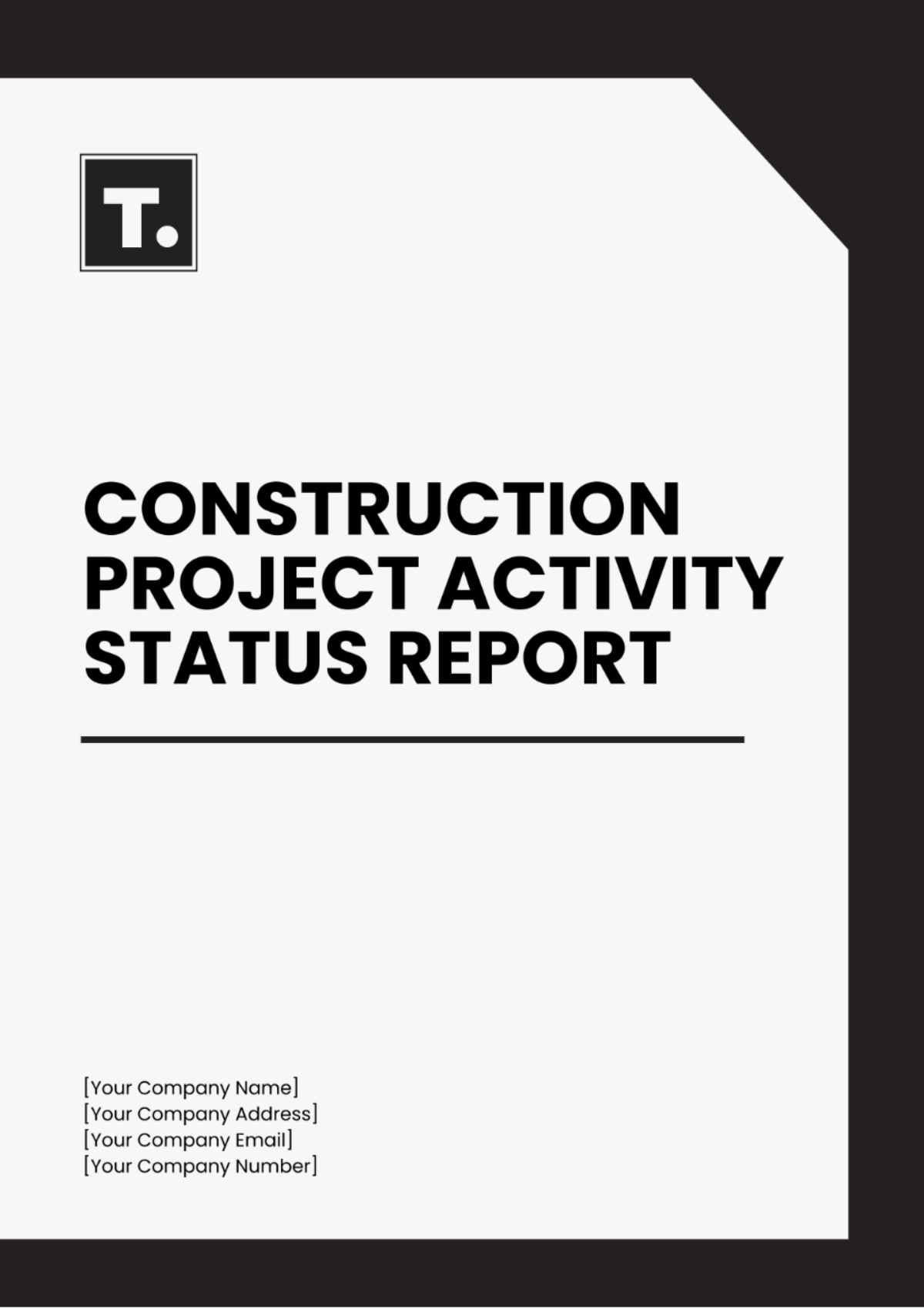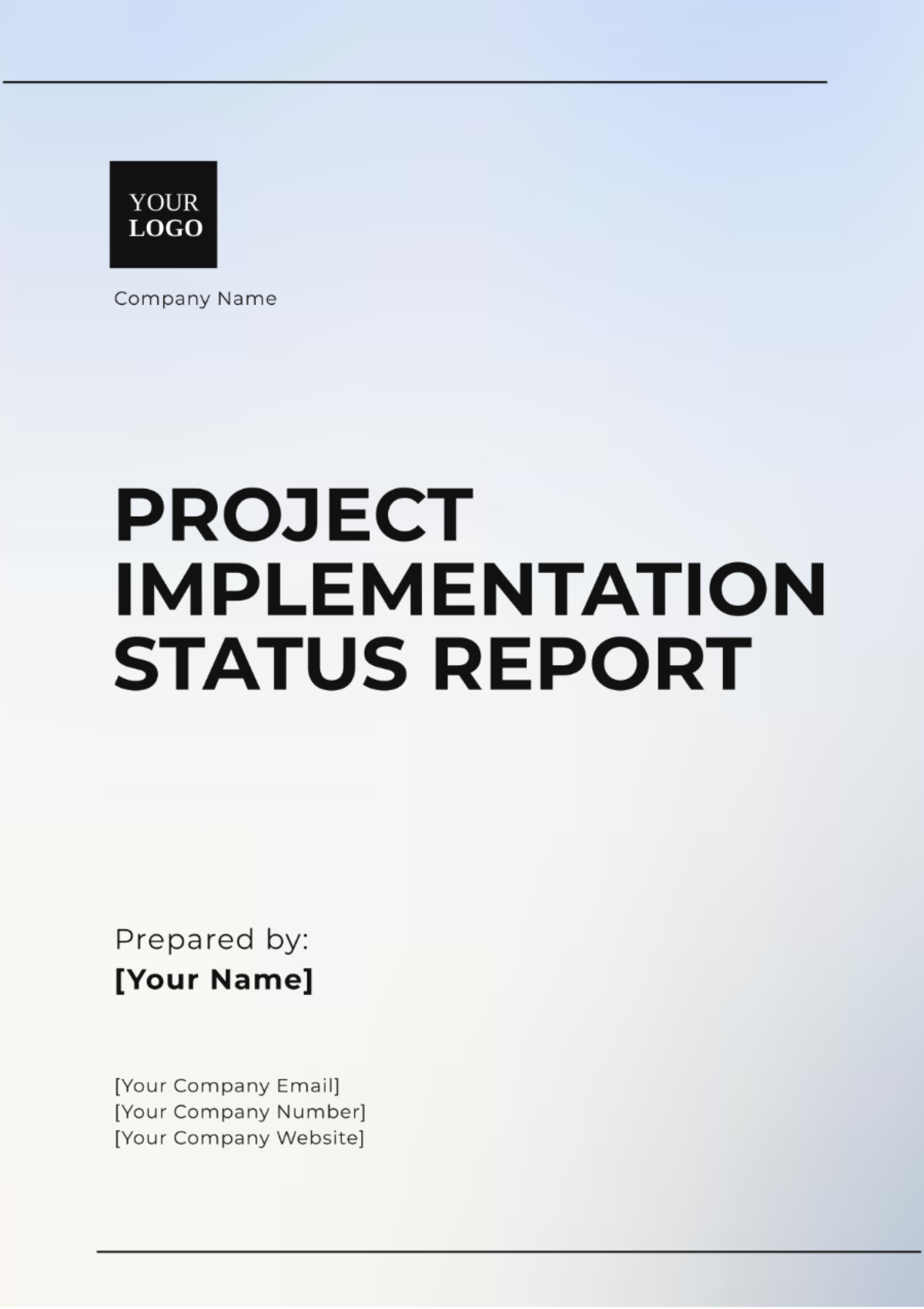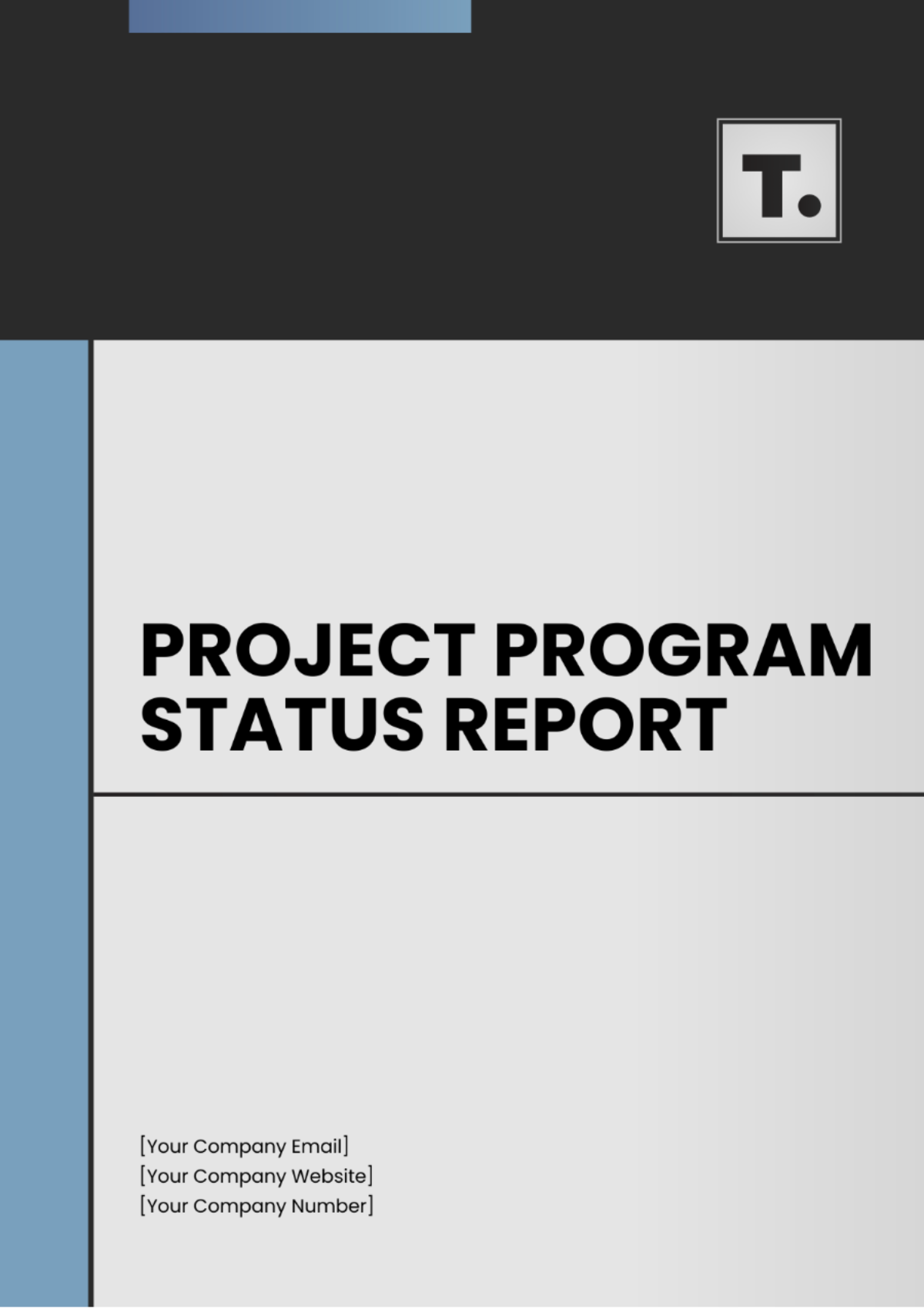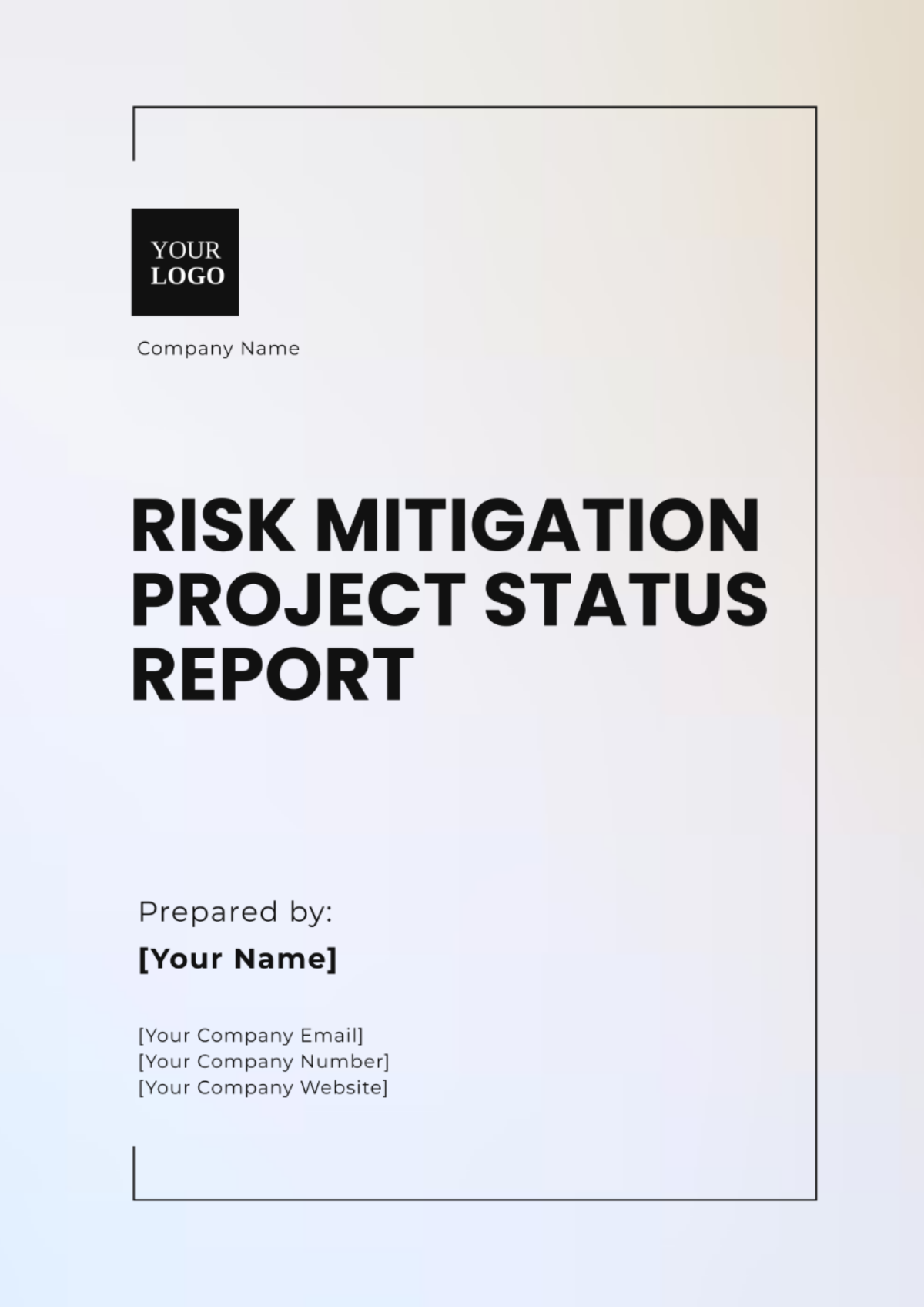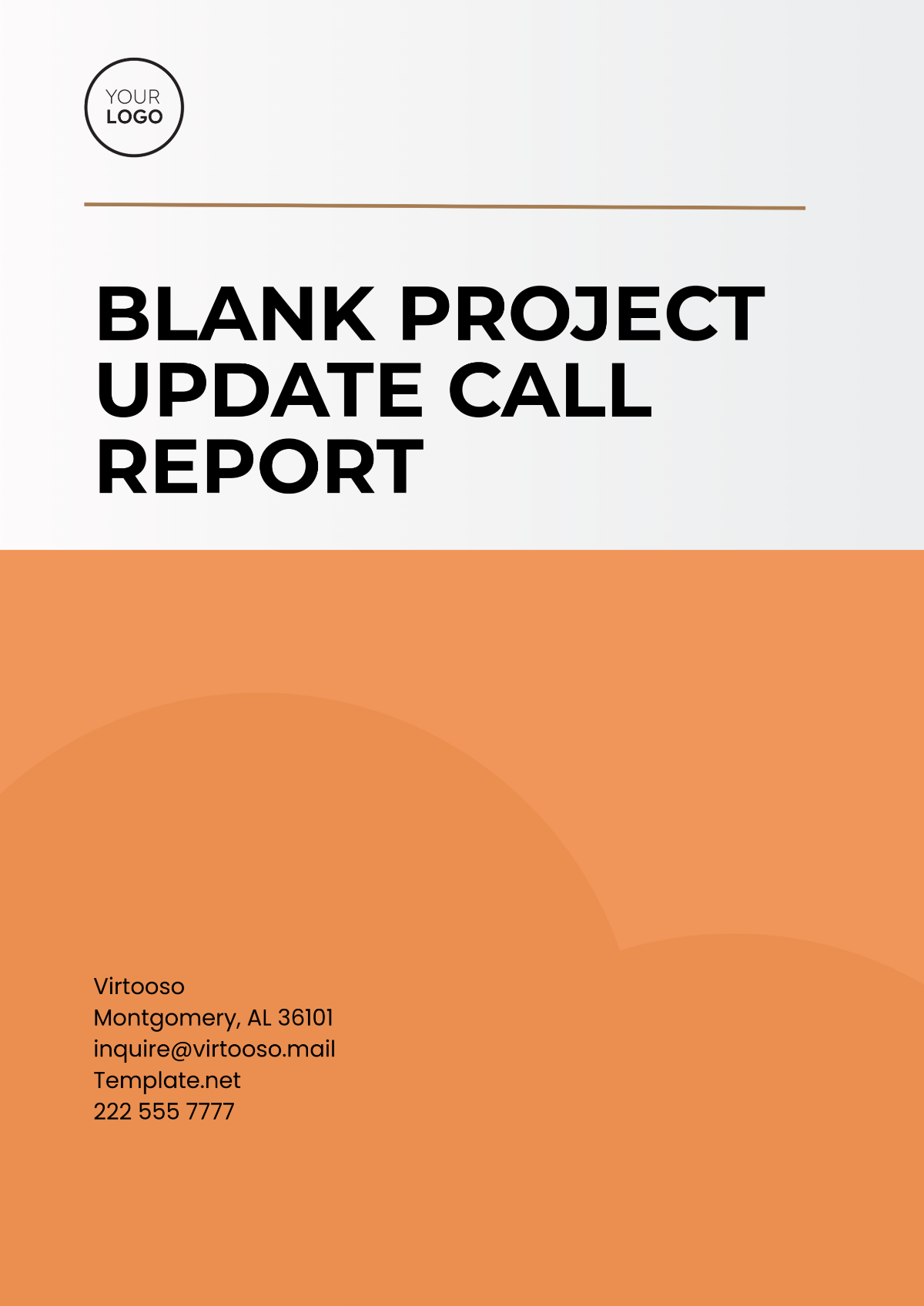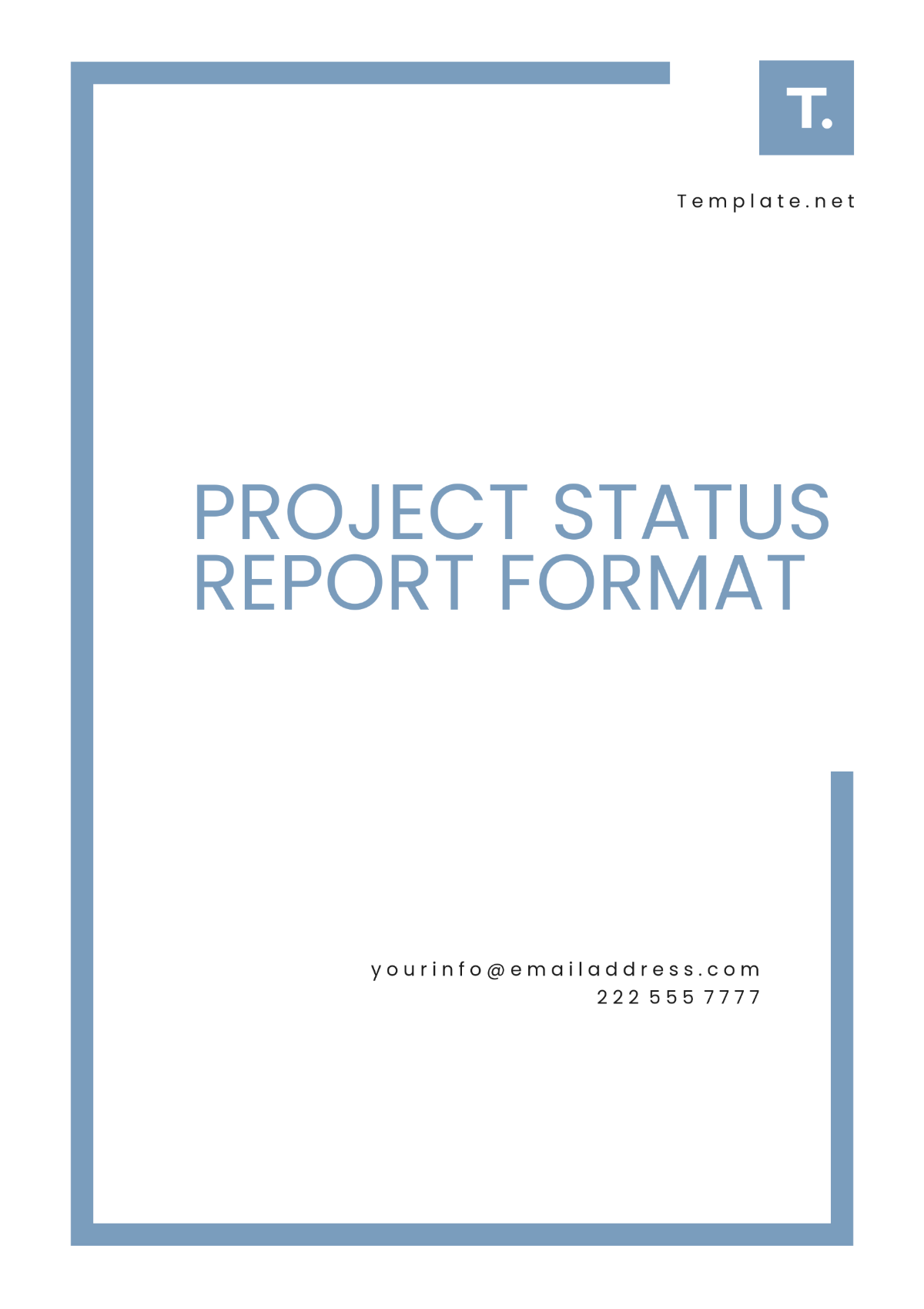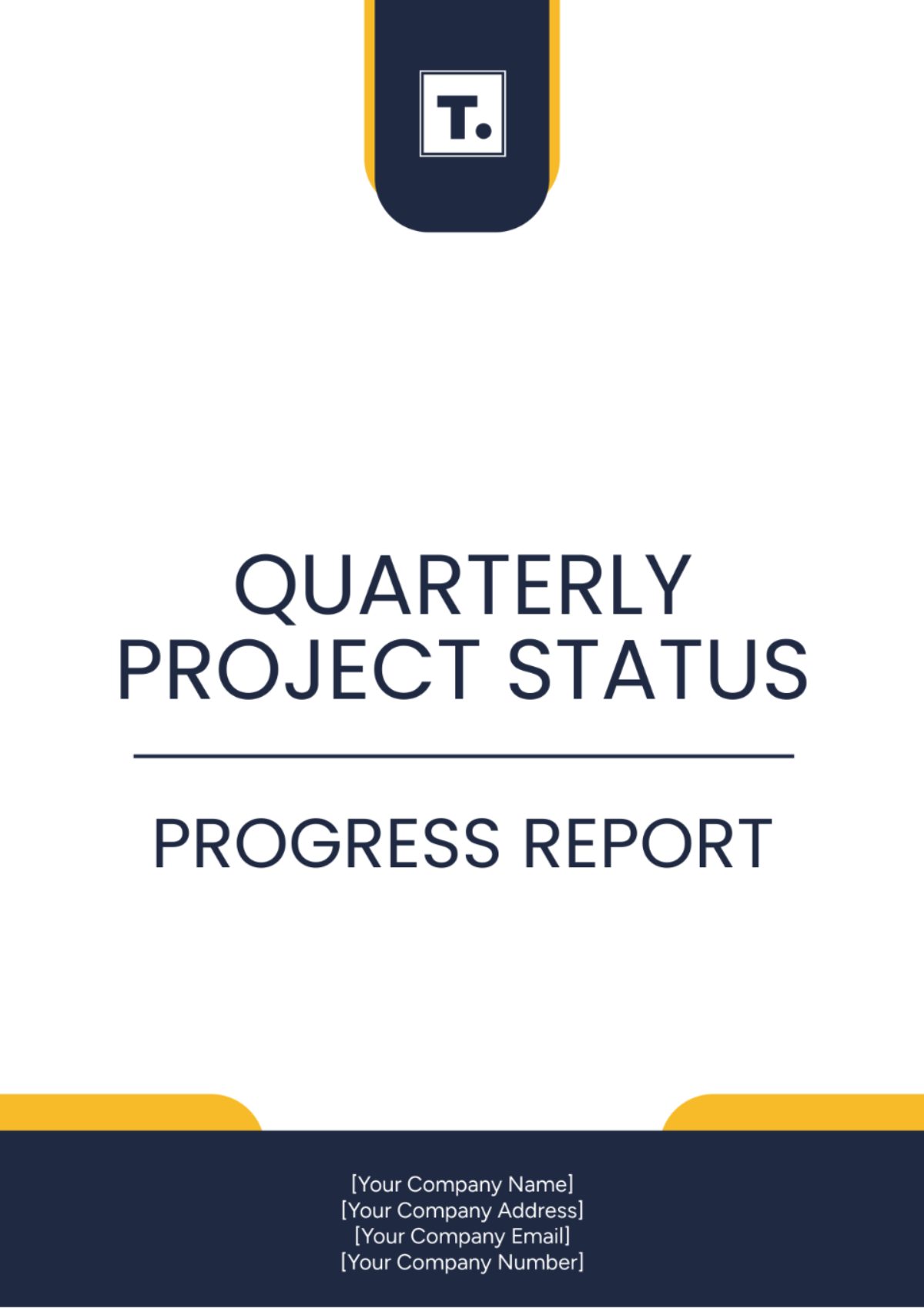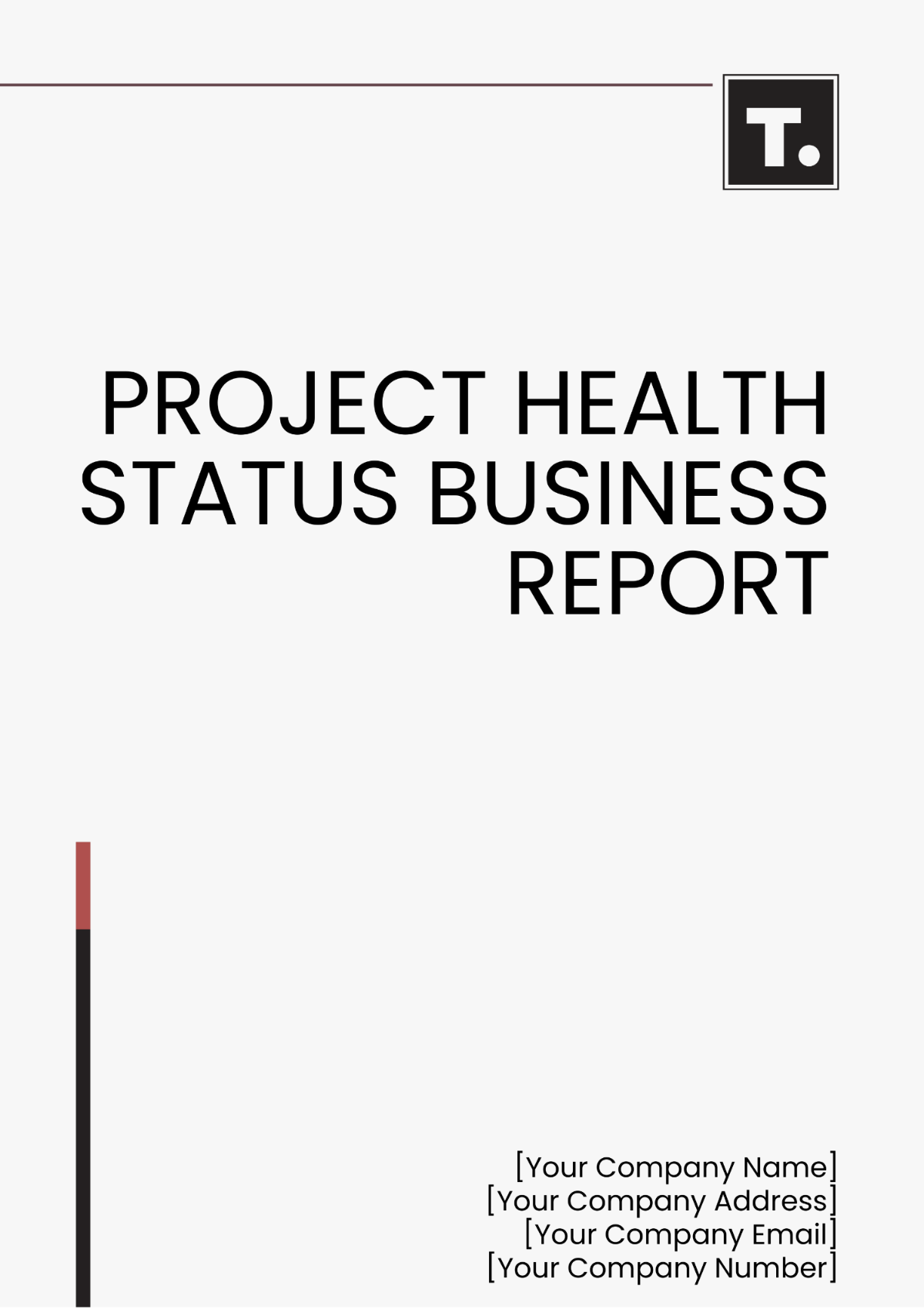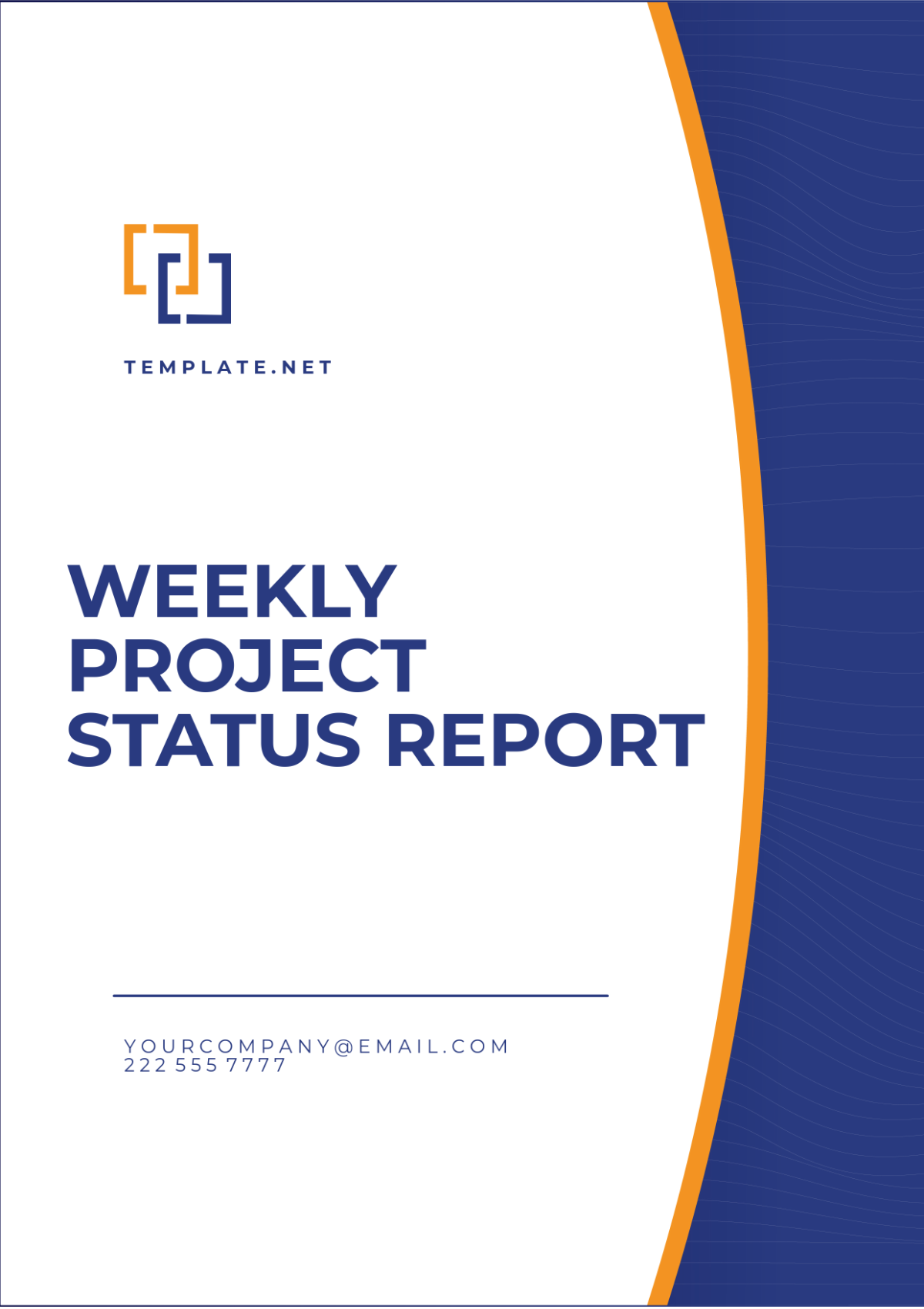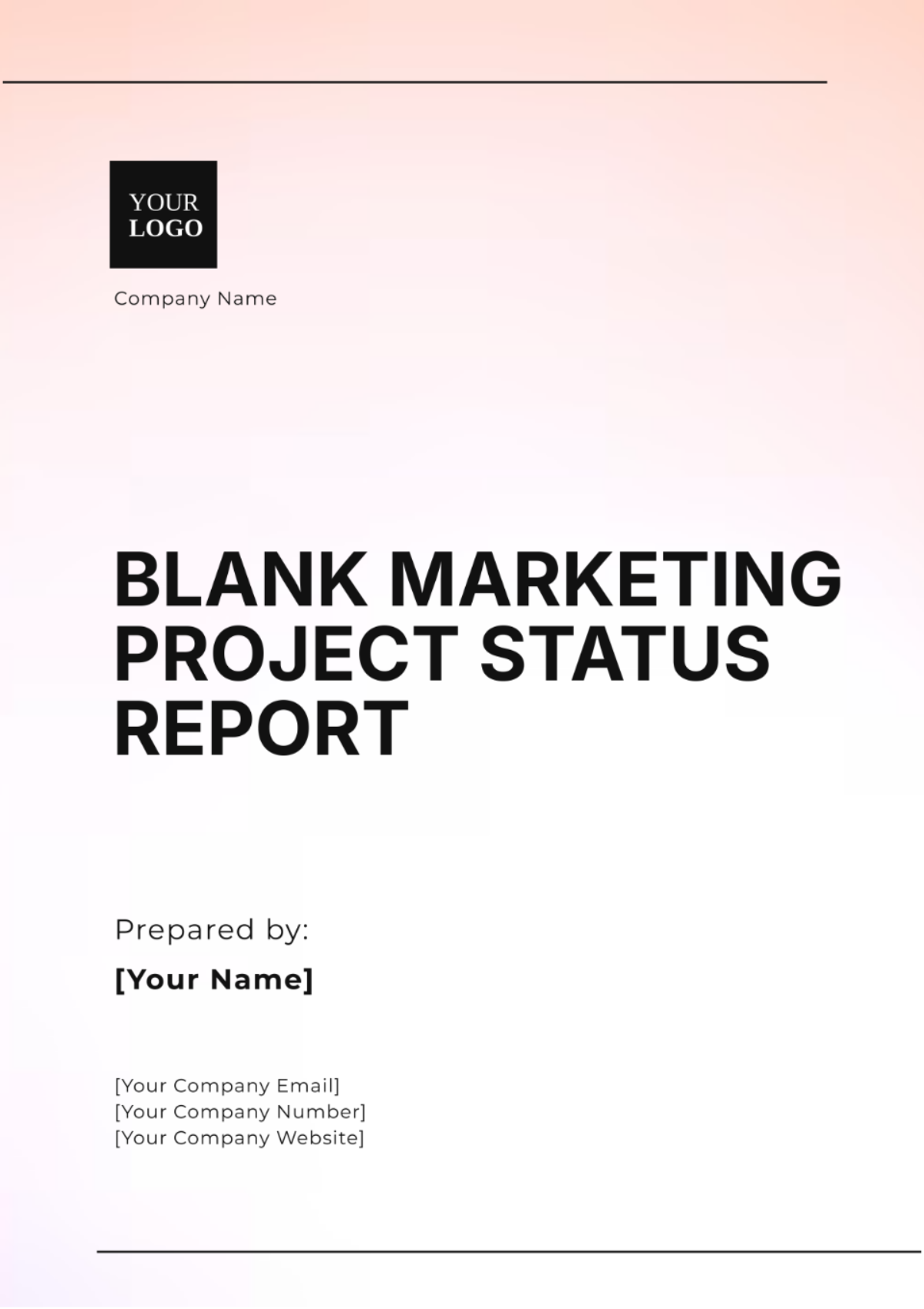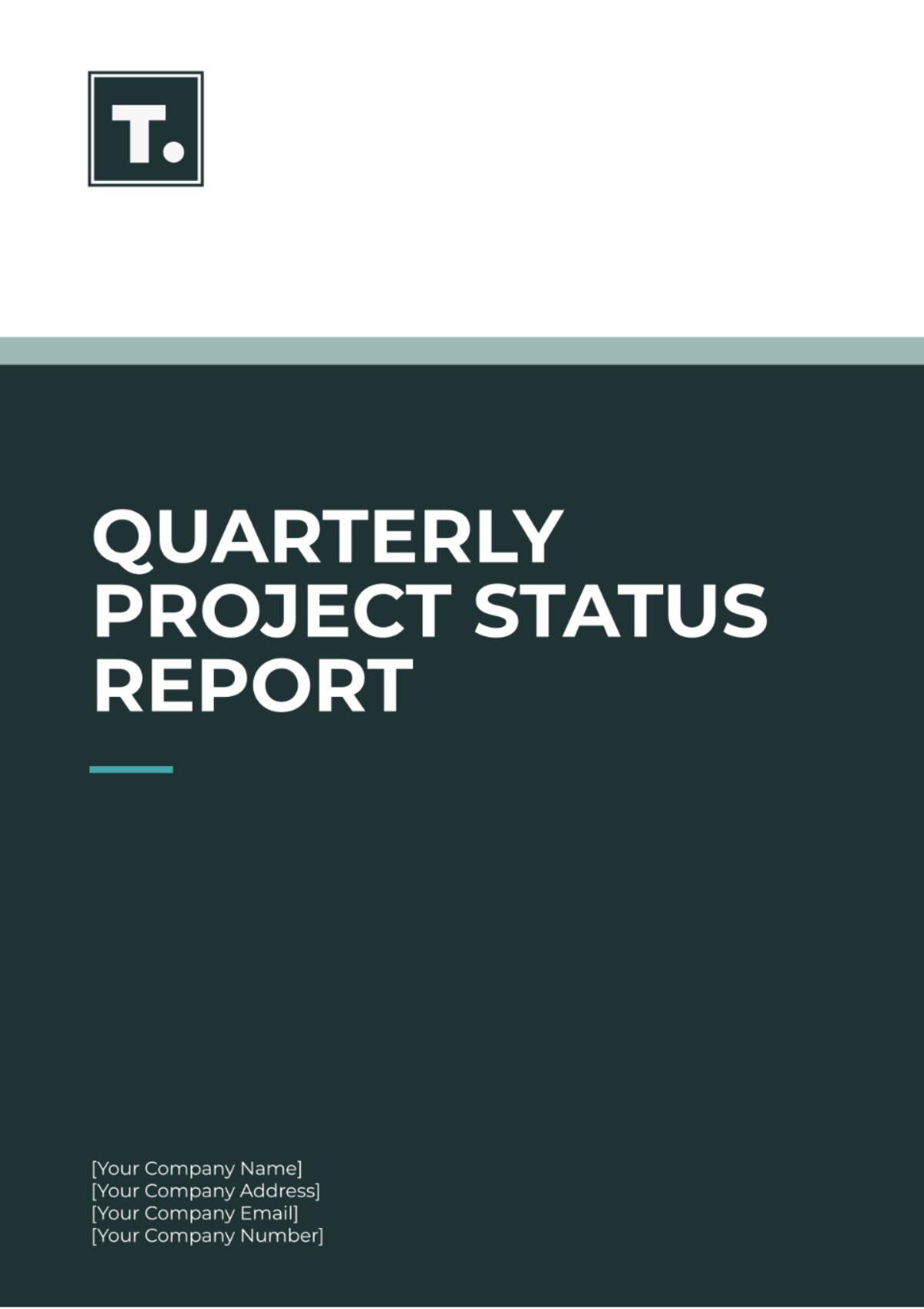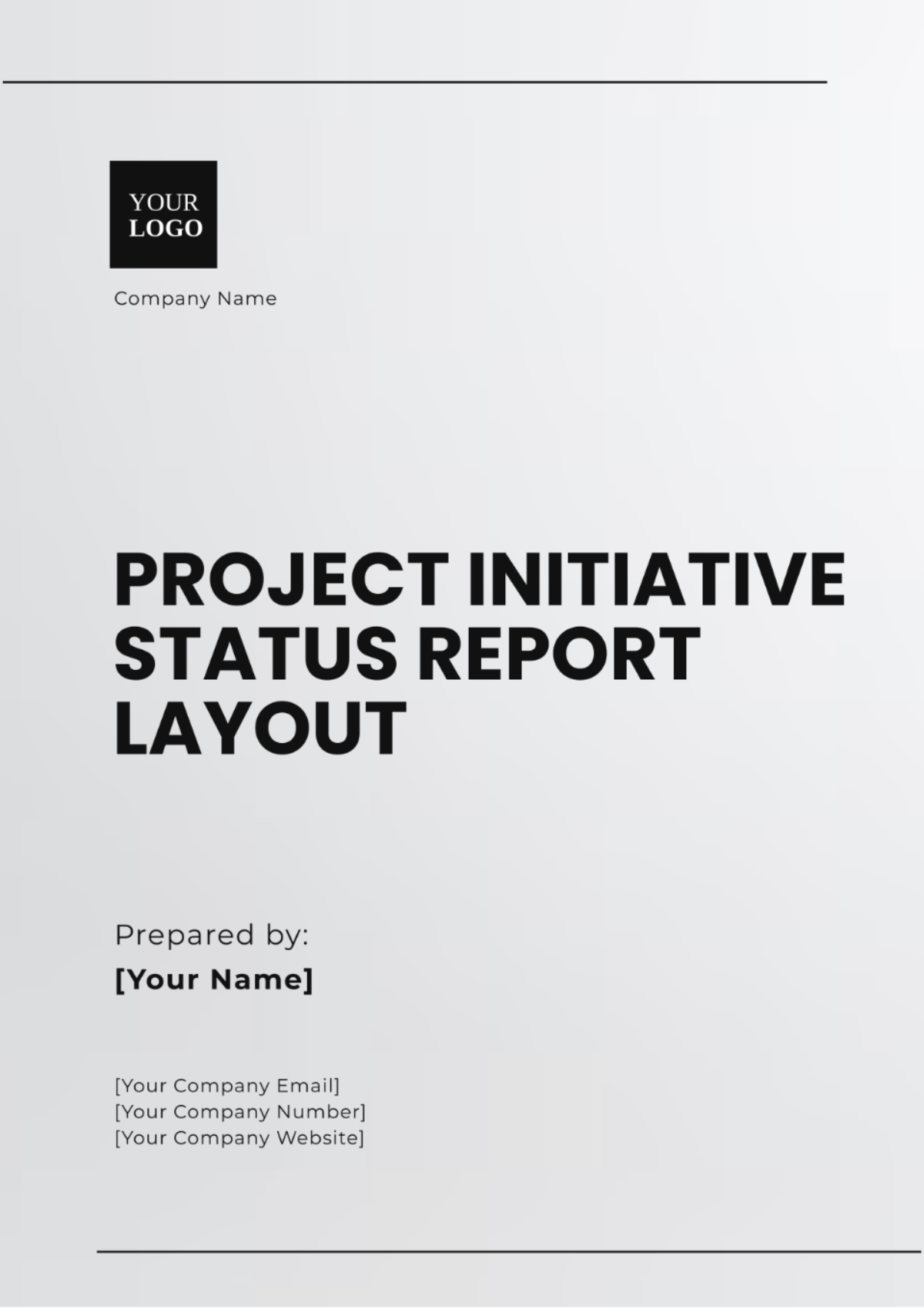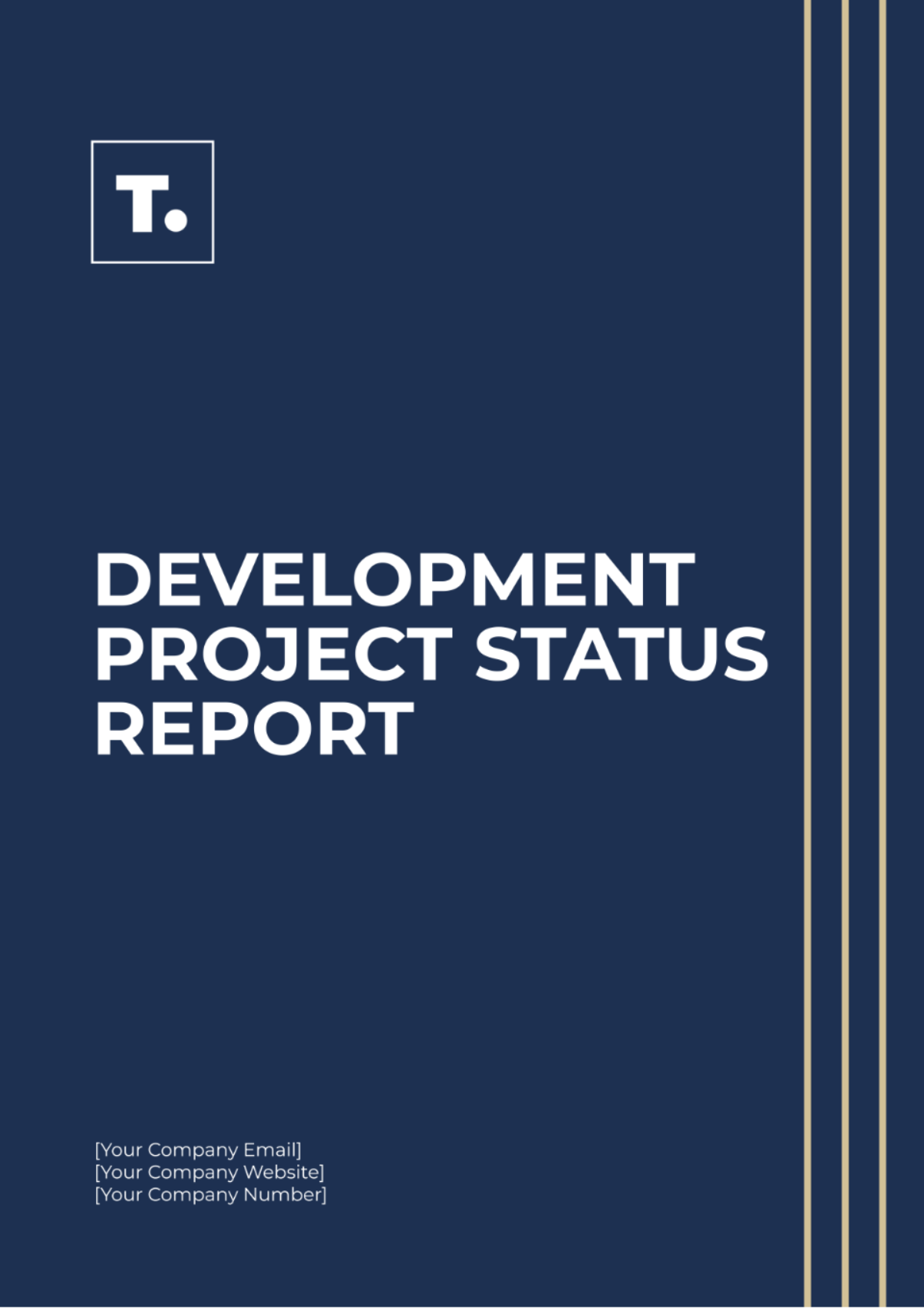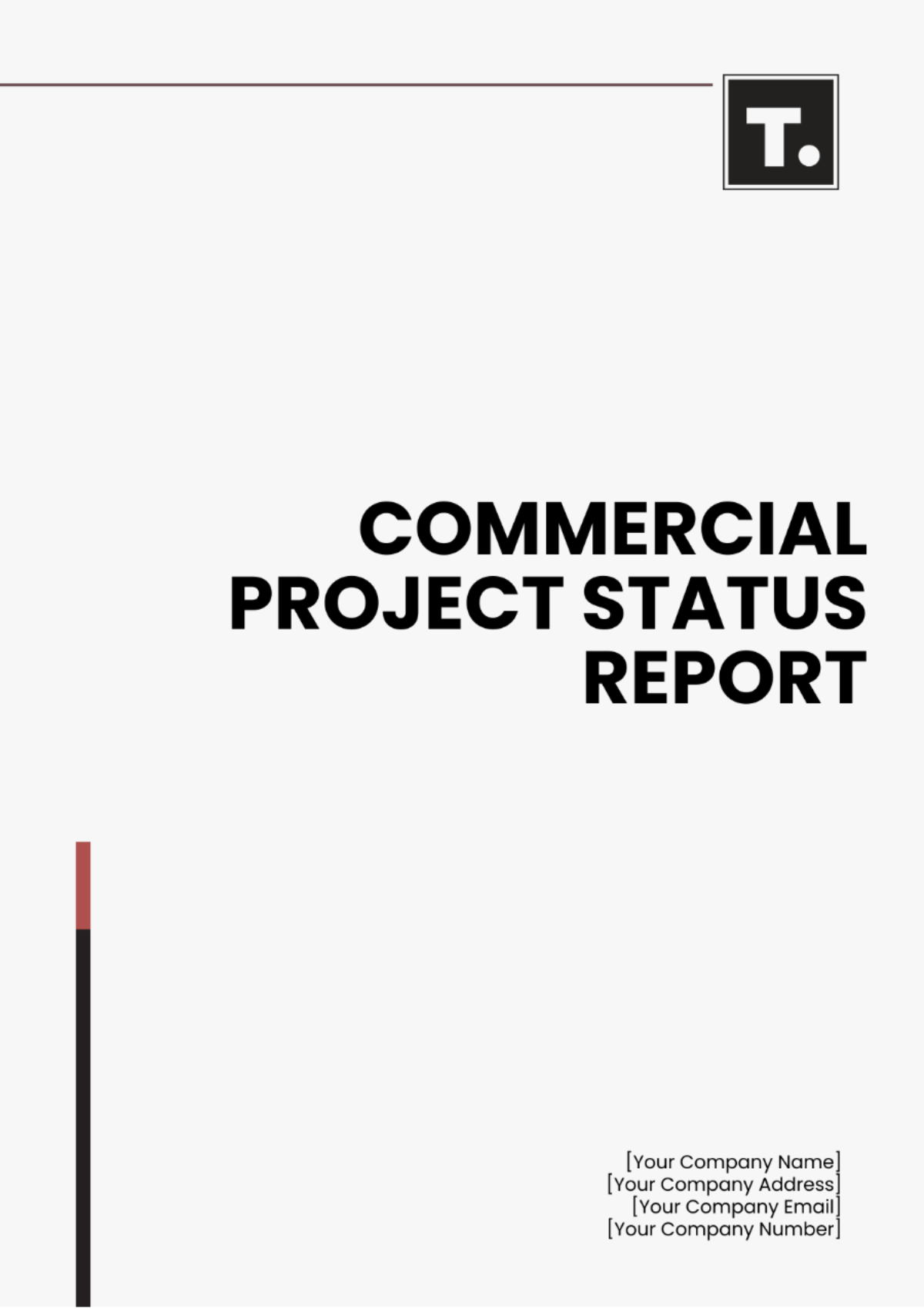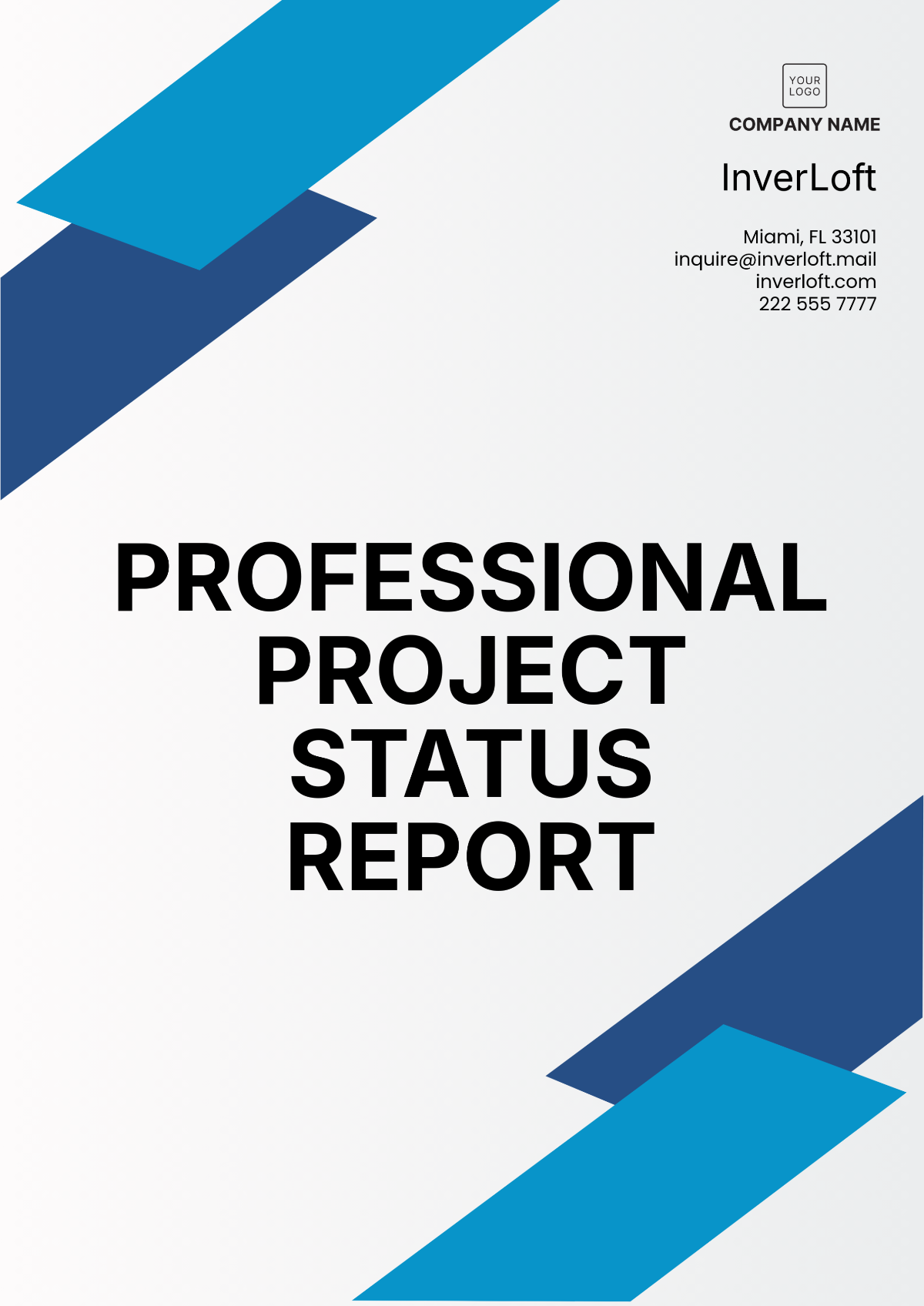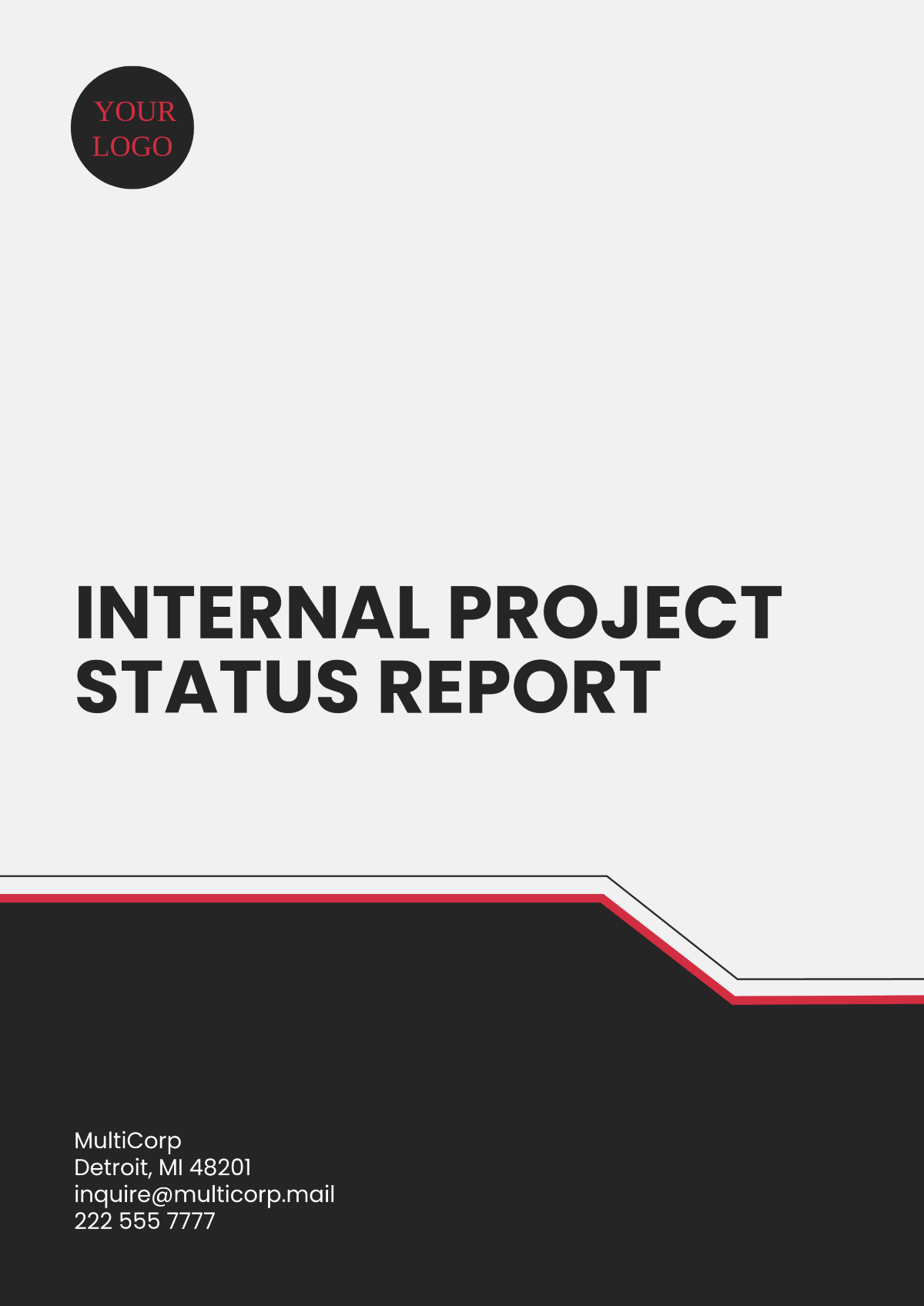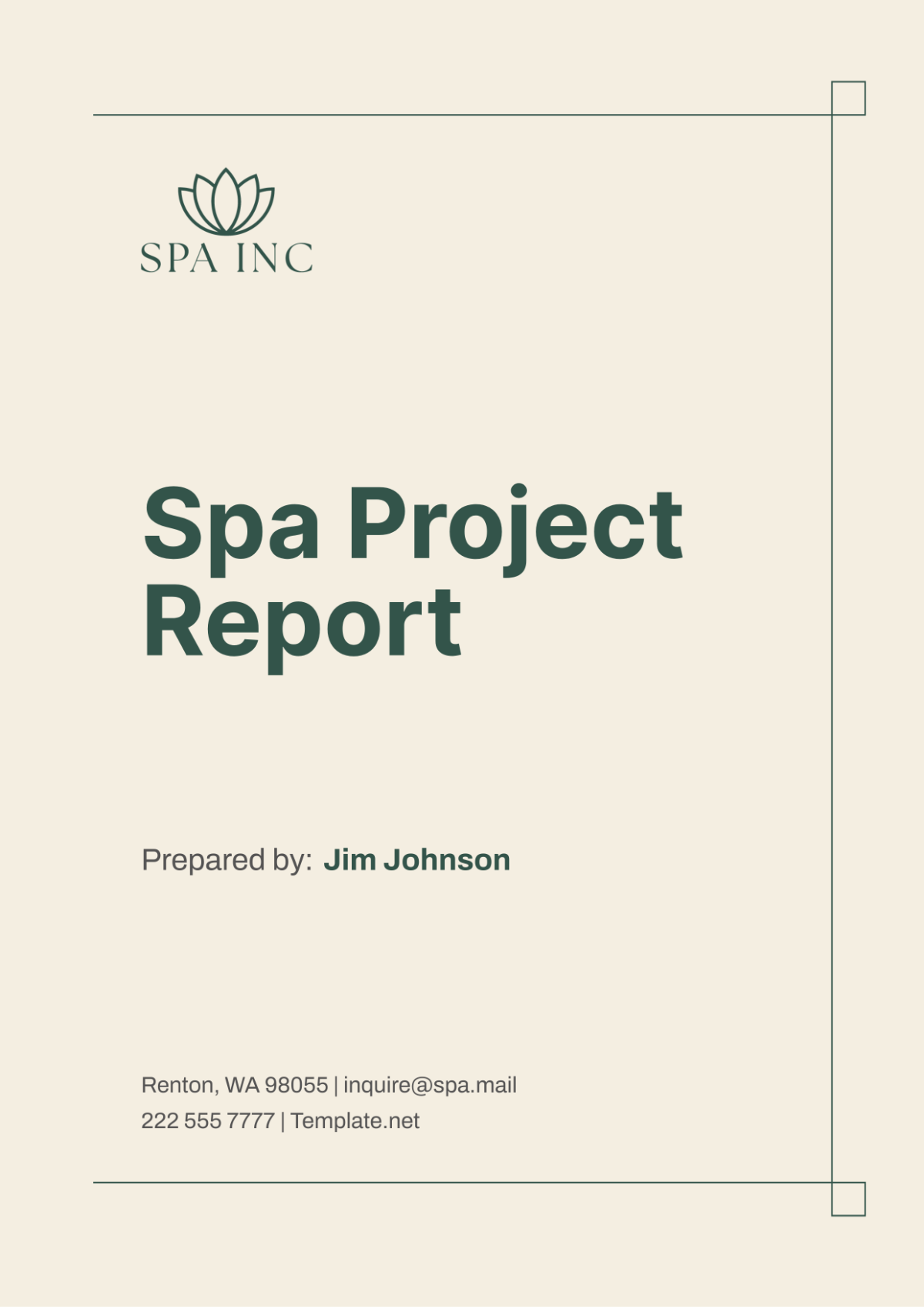Project Health Status Report
I. Project Overview
Project Name: HIV/AIDS Awareness and Prevention Campaign
Project Manager: [Your Name]
Project Start Date: [Start Date]
Projected Completion Date: [End Date]
II. Executive Summary
The HIV/AIDS Awareness and Prevention Campaign aims to reduce the incidence of HIV infections, promote safe practices, and support individuals living with HIV/AIDS through comprehensive education, testing, and treatment programs. Significant progress has been made in increasing public awareness and participation in testing and treatment services. The project is on track to meet its objectives, with strong community engagement and support.
III. Project Timeline
Milestone | Status | Description |
|---|---|---|
Project Initiation | Completed | Initial project planning, stakeholder meetings, and resource allocation. |
Awareness Campaign Launch | Completed | Conducted 120 workshops and seminars to educate the public about HIV/AIDS. |
Community Testing Sites Setup | Completed | Established testing sites in community centers, clinics, and mobile units. |
Testing and Screening Phase 1 | Completed | Increased availability of HIV testing services, with over 5,000 individuals tested. |
Treatment and Support Services | In Progress | Provided access to antiretroviral therapy (ART) and counseling services. |
Testing and Screening Phase 2 | In Progress | Continuing testing drives and promoting regular screening, aiming to test an additional 5,000 individuals. |
Project Review and Evaluation | Upcoming | Assessing project impact, gathering feedback, and planning next steps. |
Final Report and Presentation | Upcoming | Preparing and presenting the final report to stakeholders, summarizing achievements and lessons learned. |
IV. Project Progress
Phase | Status | Description | Next Steps |
|---|---|---|---|
Awareness Campaign | Completed | Conducted workshops and seminars to educate the public about HIV/AIDS, its transmission, and prevention methods. | Evaluate the impact of awareness activities and plan follow-up events. |
Testing and Screening | In Progress | Set up community testing sites and increased availability of HIV testing services. | Continue testing drives and promote the importance of regular screening. |
Treatment and Support Services | In Progress | Provided access to antiretroviral therapy (ART) and counseling services for individuals diagnosed with HIV. | Expand support services and ensure adherence to treatment protocols. |
V. Key Metrics
Awareness Workshops Conducted: 120 workshops across various community centers, schools, and workplaces.
HIV Testing Rates: Increased by 40% compared to the previous year, with over 10,000 individuals tested.
Antiretroviral Therapy (ART) Enrollment: 95% of individuals diagnosed with HIV are now enrolled in ART programs.
Stakeholder Engagement: Positive feedback from community leaders, healthcare providers, and participants, indicates high levels of satisfaction and support for the project.
VI. Risks and Mitigation Strategies
A. Stigma and Discrimination
Risk: Stigma and discrimination associated with HIV/AIDS may prevent individuals from seeking testing and treatment.
Mitigation: Continue to conduct educational campaigns to reduce stigma, involve community leaders to advocate for acceptance, and provide confidential testing and counseling services.
B. Resource Constraints
Risk: Limited resources may affect the availability and quality of testing and treatment services.
Mitigation: Secure additional funding through grants and partnerships, optimize resource allocation, and explore cost-effective solutions to maximize impact.
VII. Project Benefits
The HIV/AIDS Awareness and Prevention Campaign is expected to yield several significant benefits, including:
Reduced HIV Incidence: Increased awareness and testing will help identify and treat HIV-positive individuals early, reducing the spread of the virus.
Improved Health Outcomes: Access to antiretroviral therapy and support services will enhance the quality of life for individuals living with HIV/AIDS.
Community Empowerment: Education and engagement activities will empower communities to take proactive steps in preventing HIV and supporting affected individuals.
VIII. Next Steps
Continue awareness activities and evaluate their effectiveness in reducing stigma and increasing knowledge about HIV/AIDS.
Maintain and expand testing and screening efforts, ensuring accessibility for all community members.
Enhance treatment and support services, focusing on adherence to ART and the overall well-being of individuals living with HIV.
Foster partnerships with local organizations, healthcare providers, and stakeholders to sustain and scale the project's impact.






